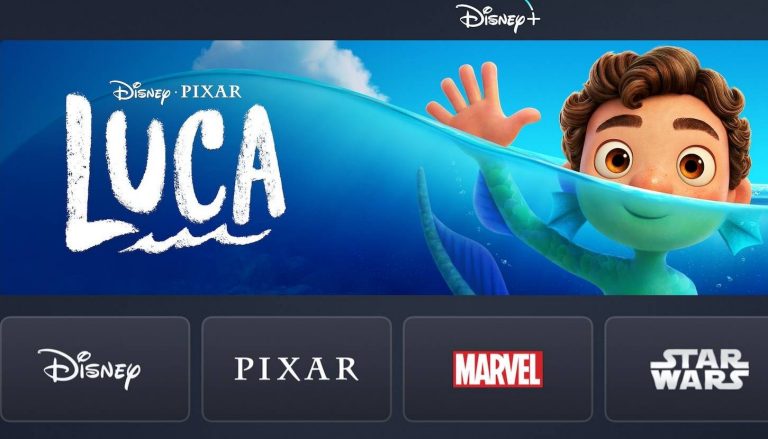Disney’s plans for total dominance are well underway, argues Concordia PhD student

The cultural and economic behemoth that is the Walt Disney Company has steamrolled its way into the collective consciousness and shows no signs of slowing down. Their strategy involves a savvy and skilled combination of careful marketing, brand acquisitions, digital positioning in the form of the Disney+ streaming service and undeniably popular content. And now the company is poised to extend its dominance well into the future — a future that it wants to define with its own brand of Disney magic. That’s according to Jake Pitre, a PhD student in film and moving image studies at the Mel Hoppenheim School of Cinema.
In a paper published in the journal Television & New Media, Pitre studies how Disney uses a strategy he calls brand futurity. He argues that it instills a sense of inevitable, permanent and total Disney cultural dominance, burnished with the sheen of its trademark joy and wonder.
“Brand futurity is a way of understanding how brands position themselves in the digital age and in the age of hyper financialization. They are expected to be constantly talking about future profit, future revenue, but also positioning themselves as the moral and economic future of their chosen industry,” he says.
 Jake Pitre: “What could a more equitable, sustainable future of media look like if we did not have to rely on one company providing everything to us?”
Jake Pitre: “What could a more equitable, sustainable future of media look like if we did not have to rely on one company providing everything to us?”
Mouse story
Disney, he argues, has taken upon itself the role of arbiter of a better moral and economic future, whether we like it or not. As they want the public to see it, Disney in fact is the only correct choice to take on that responsibility. And with Disney+, the company can bolster its argument as the only media company in existence that can marry its extensive catalogue of films and television shows to new properties and technologies. It can thus sell the public a vision consistent with its legacy.
Nowhere is this more apparent than in the streaming service’s One Day at Disney series of documentary shorts that focus on the diverse range of employees — or “cast members,” as Disney refers to them — who work there. Unsurprisingly, all of the films’ subjects praise the company as a place where creativity is nurtured and diversity is celebrated. Unmentioned are the allegations of workplace abuses exposed by media organizations like The Nation and denounced by Walt’s grandniece Abigail Disney, including stagnant wages despite record profits and the use of sweatshops in the Global South.
“I don’t know how popular those short films are or how many people watch them,” Pitre says. “It’s more about using them as a tool to understand how Disney thinks of itself in the streaming age, how they are creating this narrative about this legacy they have to draw on, how they are defining themselves in the present and making claims about what the future of media is going to look like.”
Pitre points out that he is not anti-Disney specifically. He enjoys its content. Rather, he is critical of the way the company uses its reservoir of popular goodwill as a “moral-economic impetus to say that we should just trust them to define what the future of media is going be.”
Pitre’s critique of Disney is only one part of his dissertation research into how tech companies create narratives about the future to influence how society thinks about it collectively.
“My focus is anti-capitalist but pro-hope,” he says. “I’m trying to imagine what alternative futures could look like. What could a more equitable, sustainable future of media look like if we did not have to rely on one company providing everything to us?”
Read the cited paper: “The Magical Work of Brand Futurity: The Mythmaking of Disney+.”




